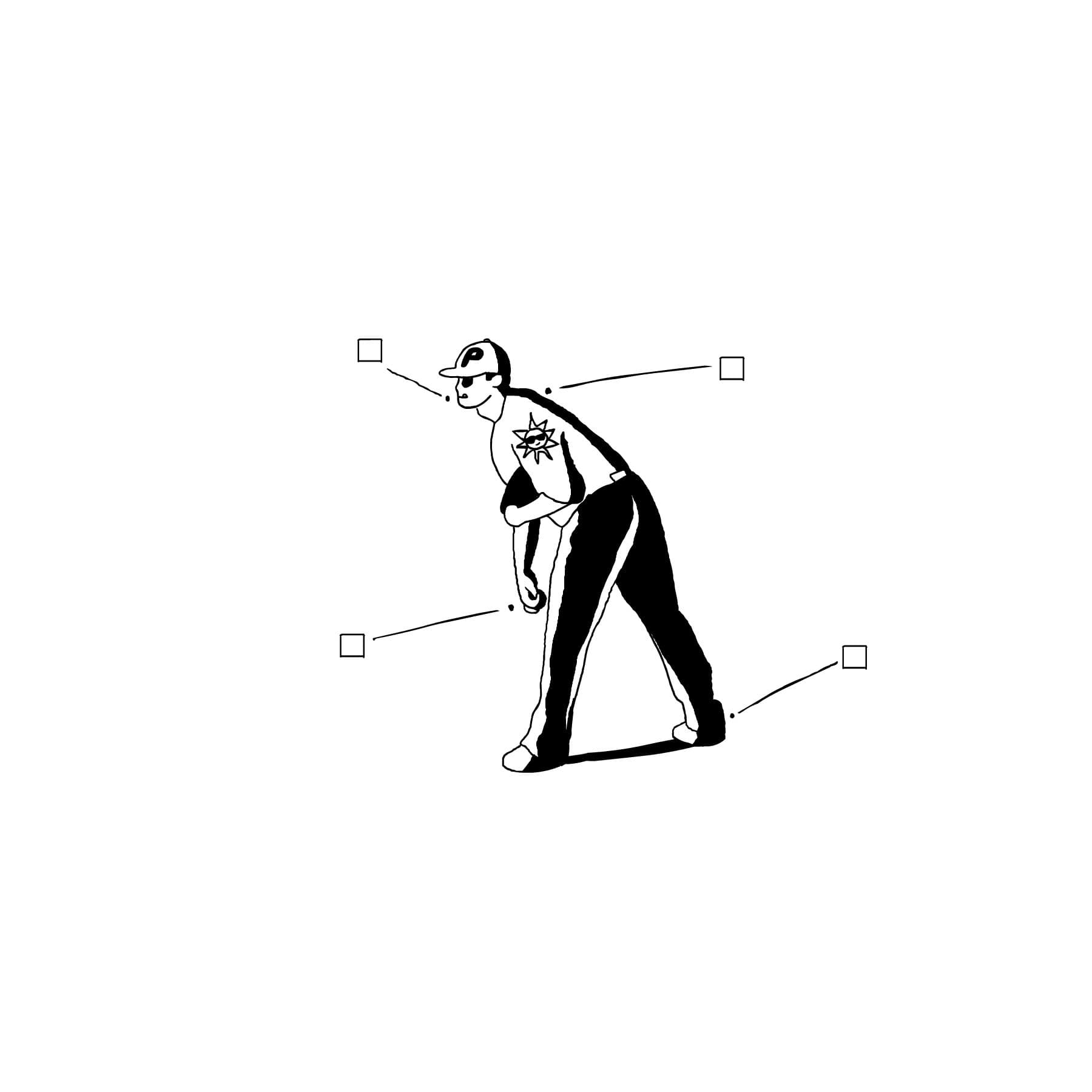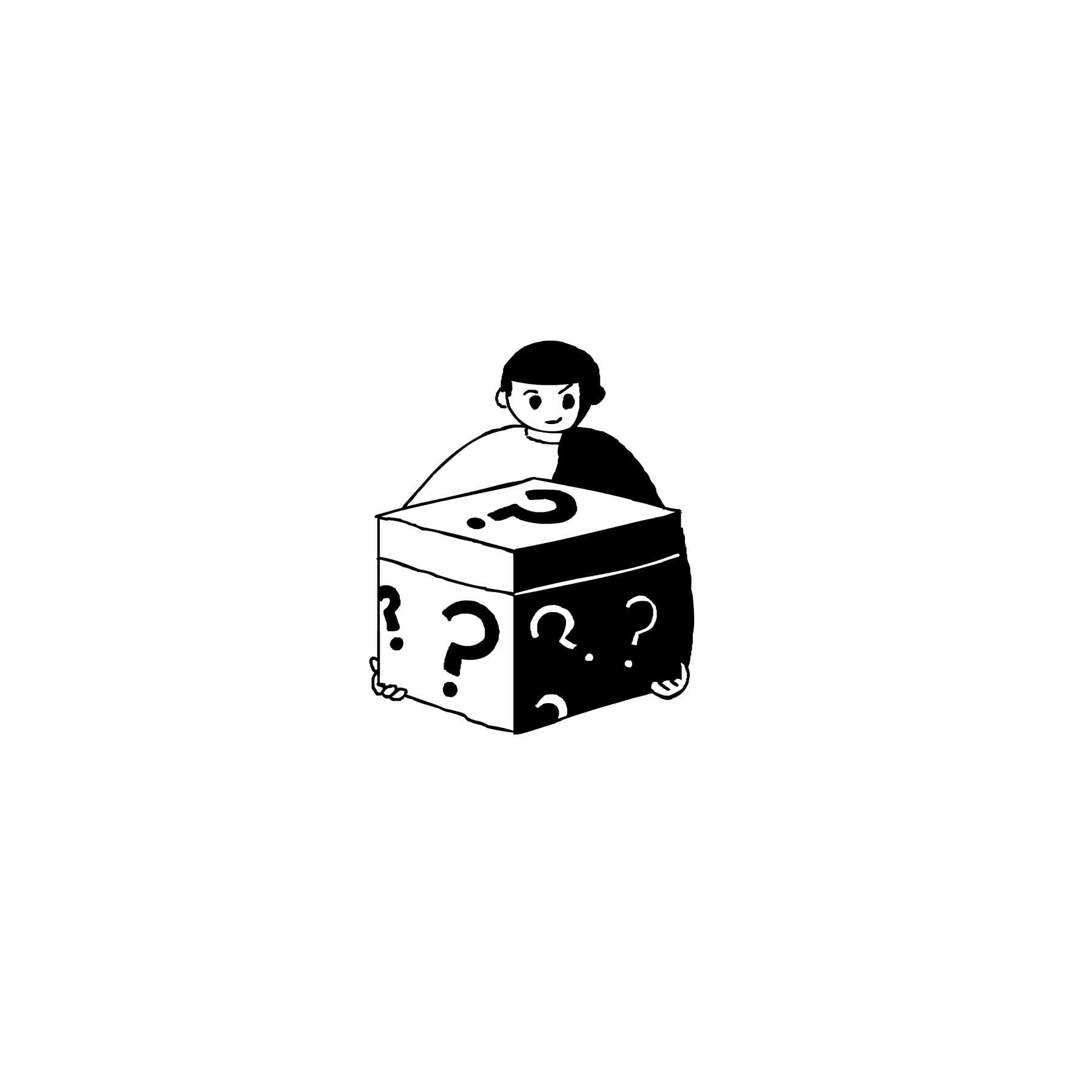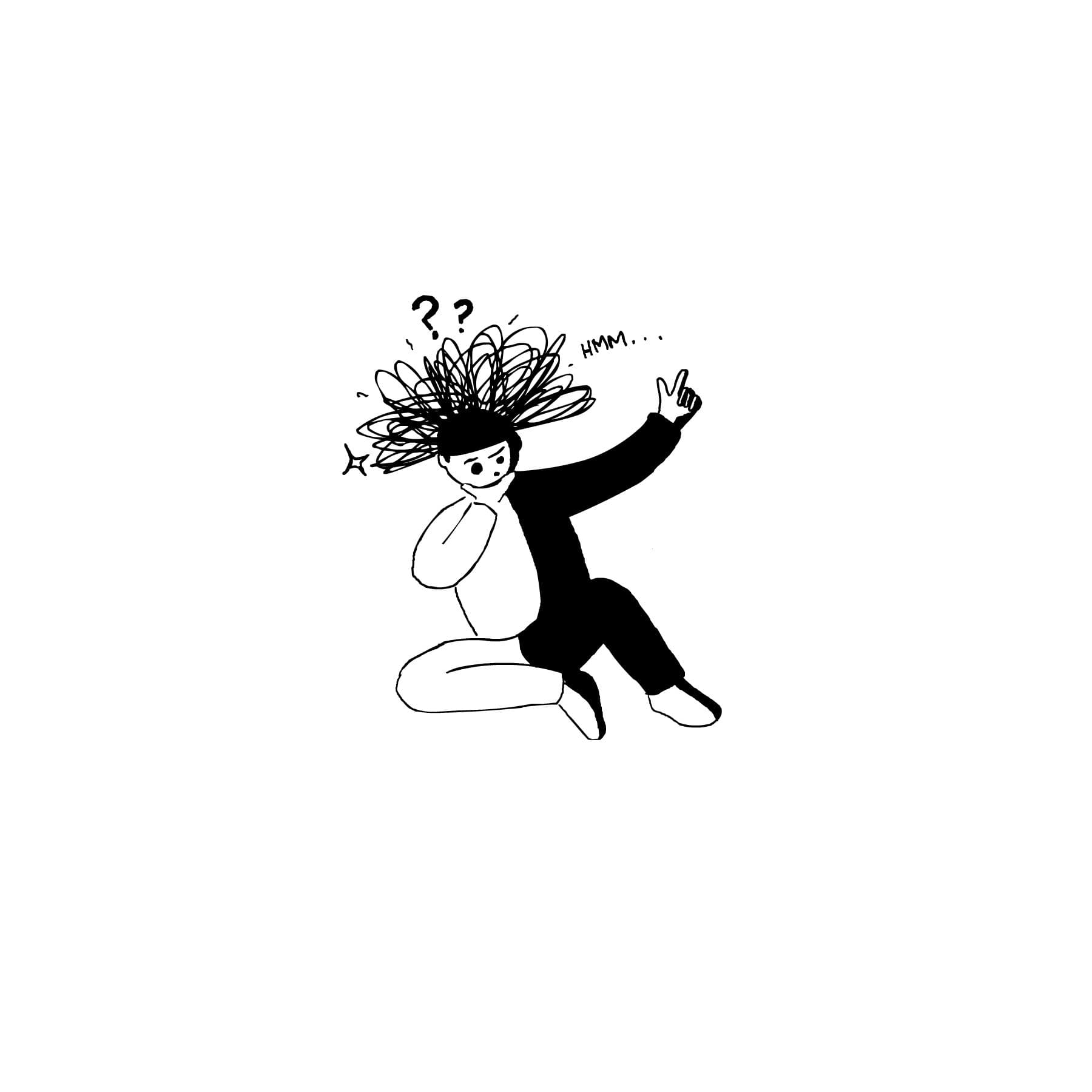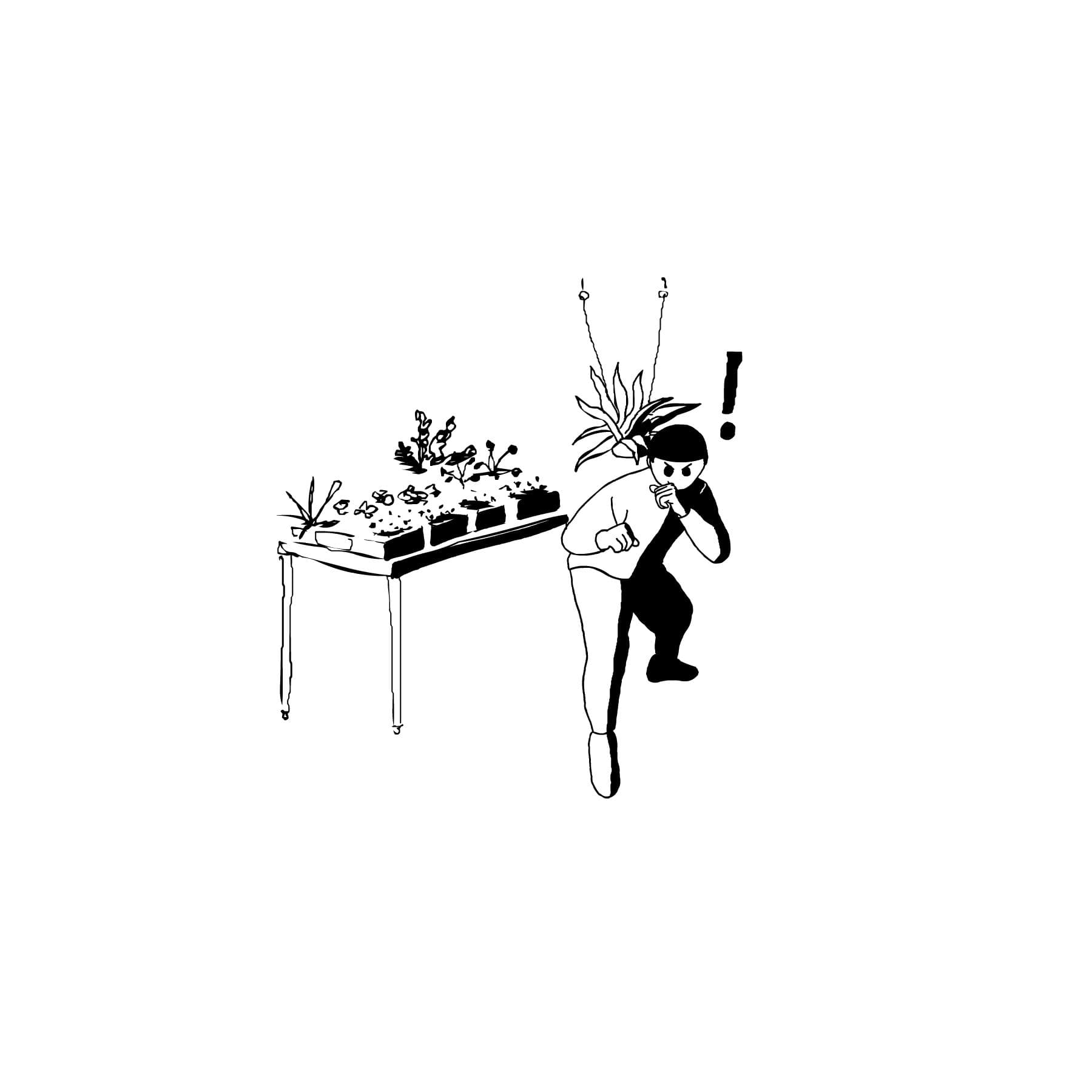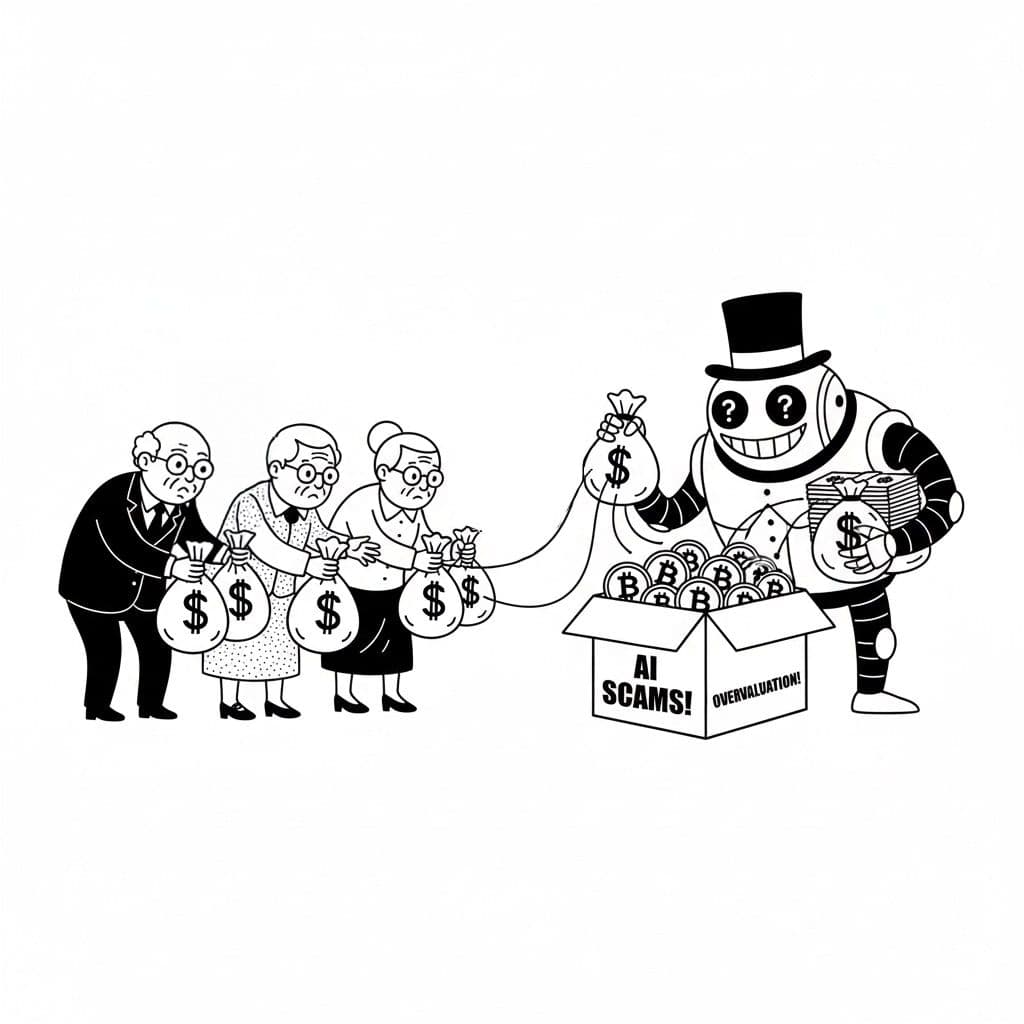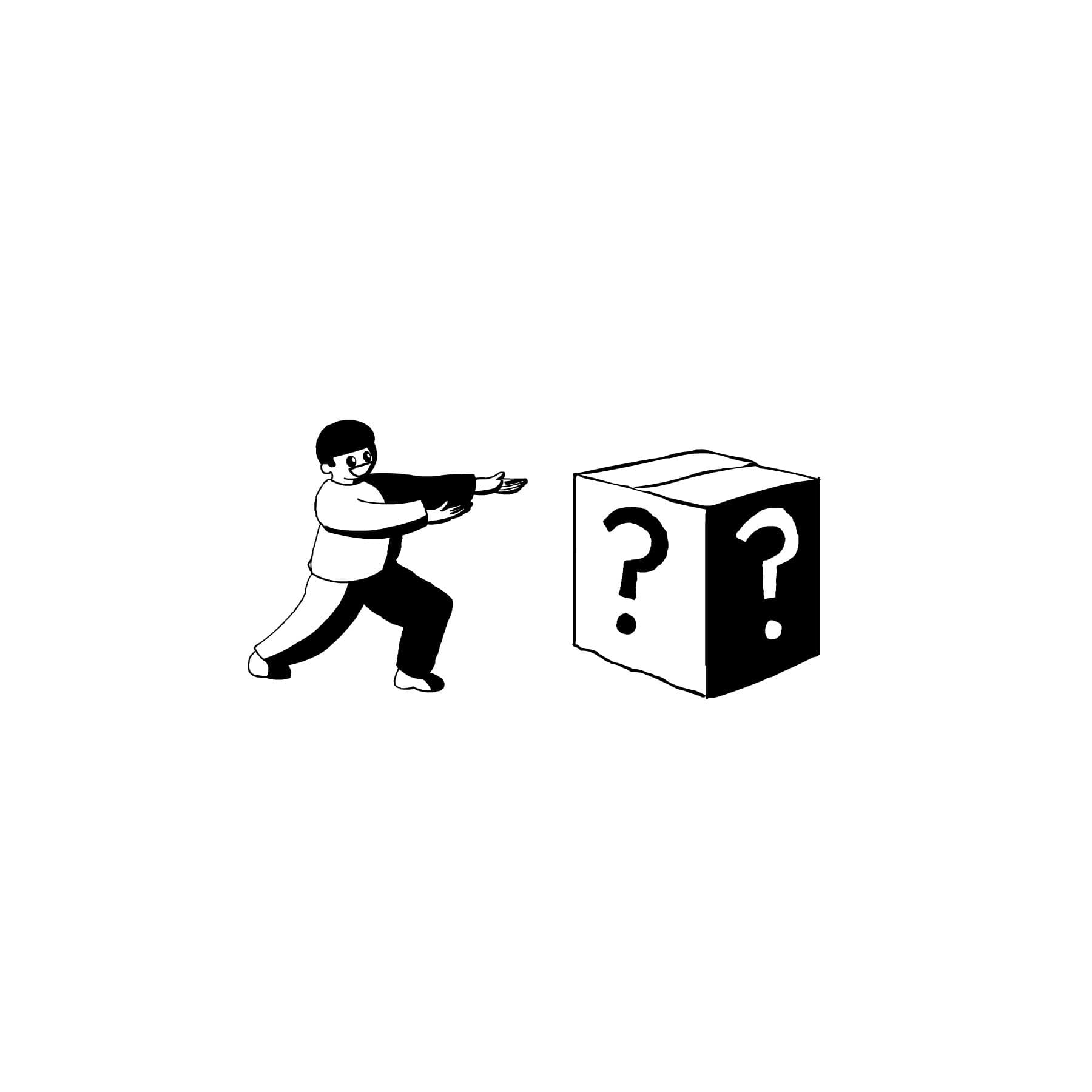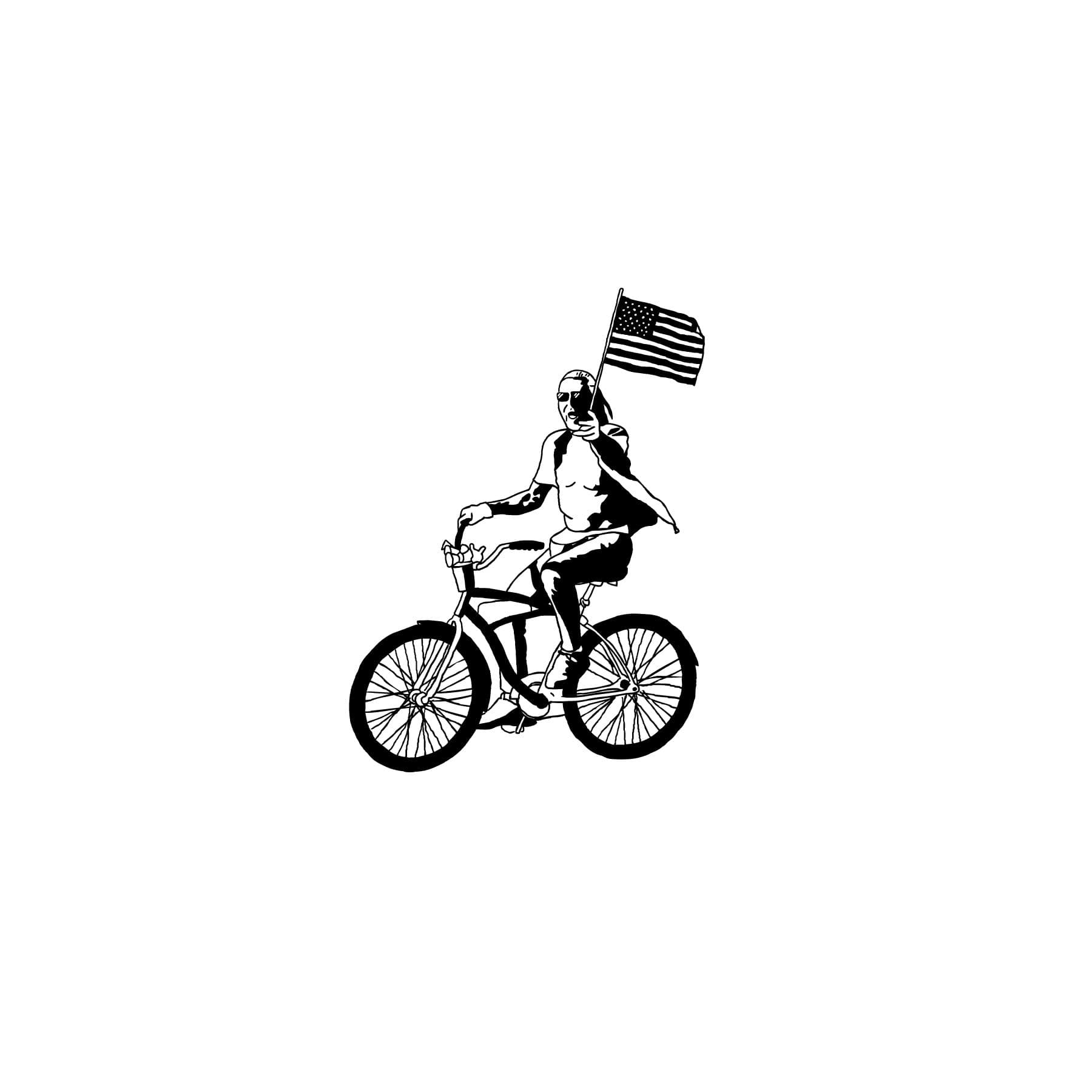Designing for the Future
Let’s create artificial peaks.
Published Feb 4, 2025
Author Steve Berry
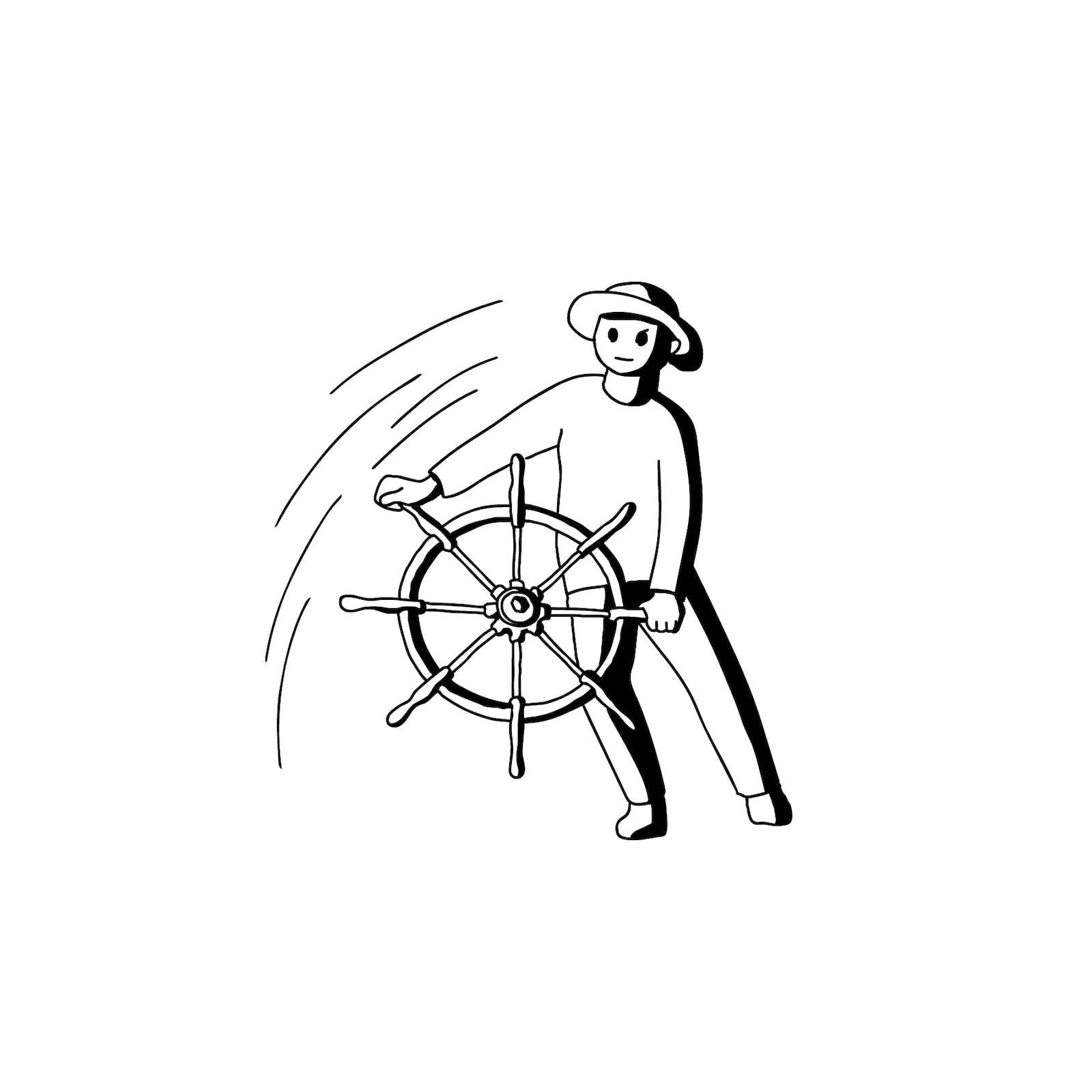
I’m sitting in Venice Beach, posted up in a beach chair, staring at the bay. The waves are glassy, the air is still, and the weather is perfect—but up north, the mountains are charred from the latest wildfire.
Here’s the thing about places like Venice: people want to freeze them in time. The whole California Coastal Commission mindset—protect what’s here, keep things as they’ve always been. That made sense when the environment was stable, but stability is a thing of the past. The natural balance has shifted, and now, preservation feels like paralysis.
Take the bay. Since COVID, the number of surfers has exploded. Every break is overcrowded. The experience is worsening, yet no one’s asking the obvious question: why not build artificial peaks? Man-made surf breaks could spread out the crowd, improve conditions, and turn Venice into a global surf destination. Tourists would come, locals would benefit, and the whole scene would level up. It’s unconventional, sure—but the alternative is watching things slowly erode.
And this isn’t just about surfing. It’s about everything. What’s the artificial peak for your company? Your city? Your life? The problem with incremental change is it doesn’t fix the root issue. It’s safe. Predictable. But real progress? That comes from bold, decisive moves. You don’t make an impact by gently turning the wheel—you yank it, take the risk, and see what happens.
The future belongs to the creators, the ones willing to shake things up. Whether it’s designing a city, a product, or an entire way of life, the same rule applies: rethink what’s possible, then build it.
Let’s create artificial peaks.

